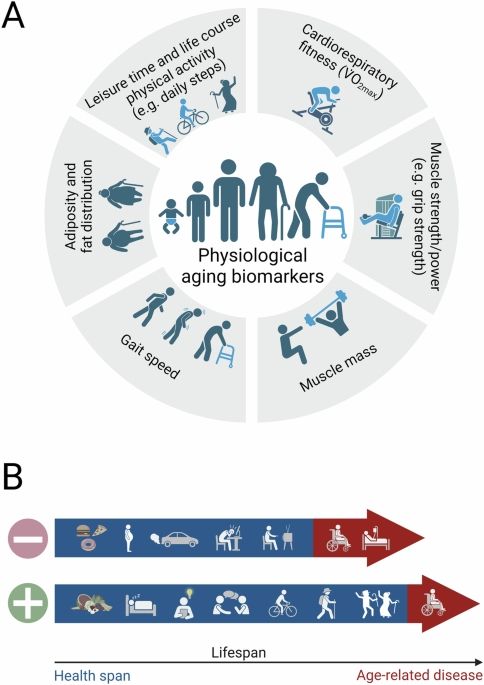
2/3
doi.org/10.1101/2025...

2/3
doi.org/10.1101/2025...
doi.org/10.1038/s415...
3/3

doi.org/10.1038/s415...
3/3
2/3
2/3
journals.physiology.org/doi/full/10....
17/17

journals.physiology.org/doi/full/10....
17/17
www.sciencedirect.com/science/arti...
6/17

www.sciencedirect.com/science/arti...
6/17

